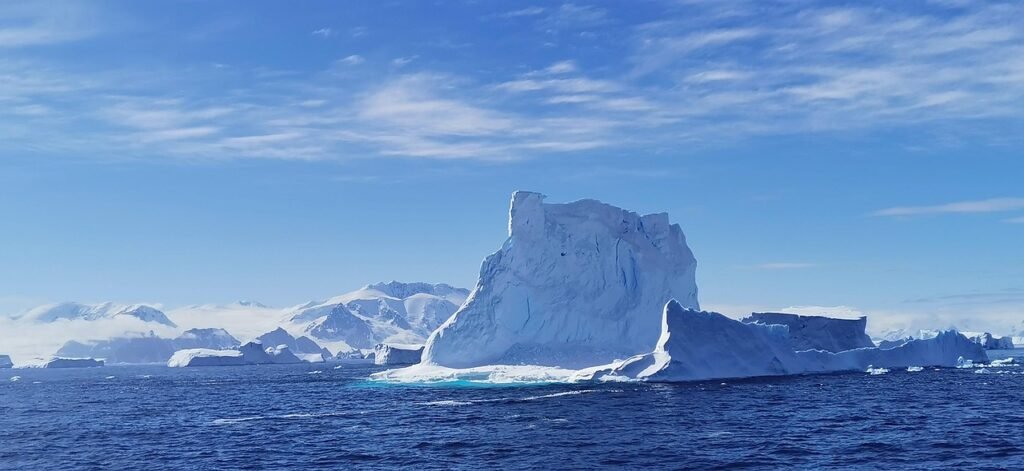Deep beneath the frozen expanse of Antarctica lies a world that challenges everything we thought we knew about life on Earth. Scientists have recently uncovered thriving microbial communities in subglacial lakes that have been sealed off from sunlight and the outside world for thousands, if not millions, of years. These discoveries aren’t just reshaping our understanding of extreme life on our planet – they’re opening new possibilities for what might exist on distant, icy worlds like Europa and Enceladus.
The journey to these hidden ecosystems began decades ago with seismic readings and satellite data hinting at liquid water beneath miles of ice. But it wasn’t until recently that technology allowed scientists to drill through more than three thousand feet of ice to reach these pristine environments. What they found defied expectations and has implications that stretch far beyond our planet.
The Discovery That Shocked Scientists

Researchers have announced the discovery of entirely new microbial communities that have survived for thousands of years in complete isolation beneath the West Antarctic Ice Sheet. Mercer Subglacial Lake lies beneath 1,085 meters of ice in West Antarctica and has been sealed off from the surface for millennia. Using a clean hot-water drilling system, the research team collected pristine water and sediment samples without contamination.
Genomic analysis of 1,374 single-cell amplified genomes revealed that most belong to previously unknown species, genetically distinct from any organisms found in marine or surface environments. The sheer scope of this discovery was staggering. Scientists had expected to find some form of life, but the diversity and uniqueness of what they uncovered exceeded all predictions.
A World Hidden in Darkness
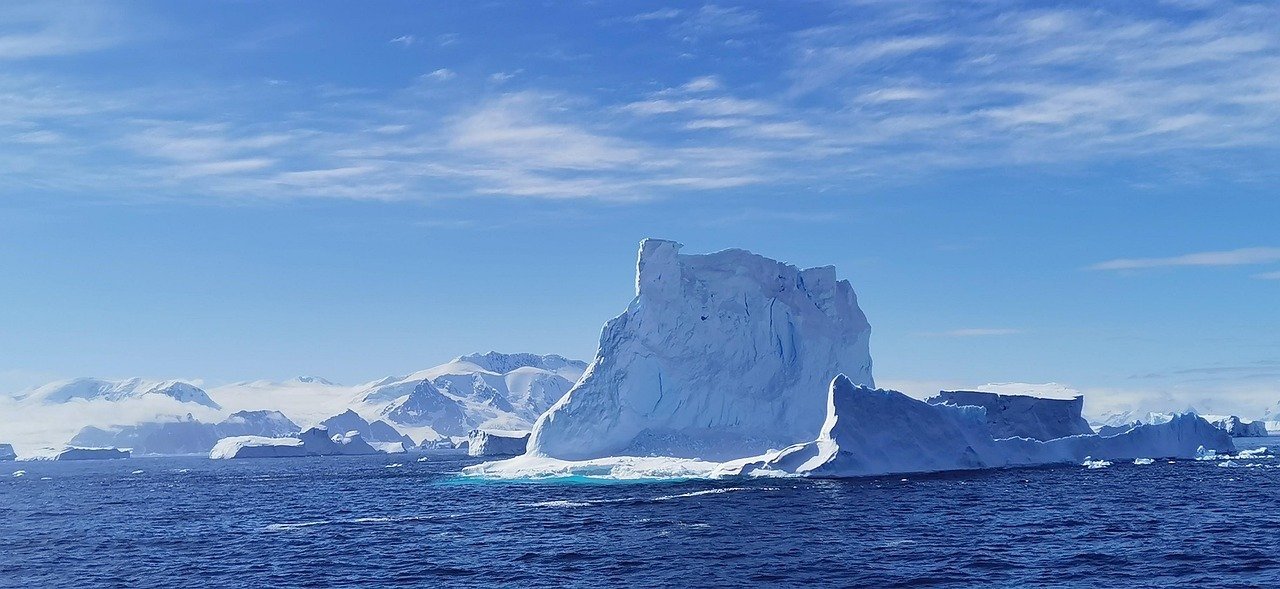
On 26 December 2018, the Subglacial Antarctic Lakes Scientific Access (SALSA) team announced they had reached Lake Mercer after melting their way through 1,067 m (3,501 ft) of ice with a high-pressure hot-water drill. The team collected water samples and bottom sediment samples down to 6 meters deep.
Imagine trying to reach a lake that sits nearly two-thirds of a mile beneath solid ice. The technical challenges alone were mind-boggling. It took the expedition over a week of using a hot-water drill 24 hours a day to pierce through just over a kilometer of ice to reach the lake. “There was a lot of cheering and high-fiving” when the drill finally made it through, Venturelli recalls. This wasn’t just another scientific expedition – it was humanity’s second attempt ever to successfully access a subglacial lake without contamination.
Methane-Eating Microbes and Ancient Carbon
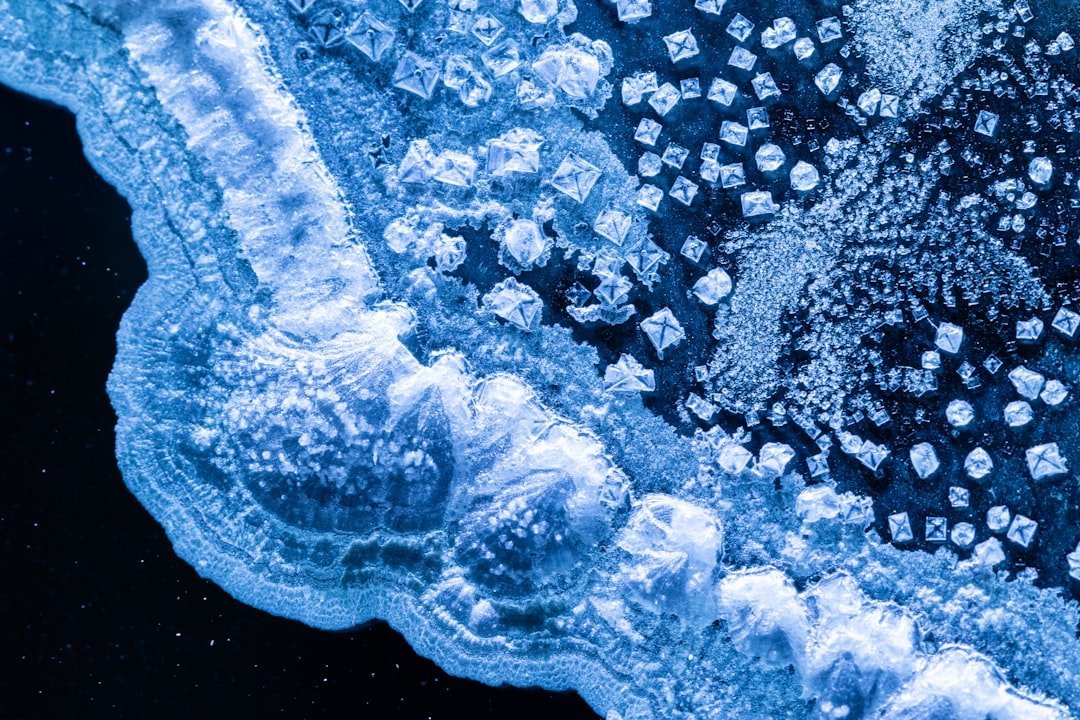
Methane-eating microbes have been discovered in the first sampling of a subglacial lake in Antarctica, revealing a new and unexpected ecosystem. The finding suggests a possible way for life to survive in the oceans of the outer Solar System moons Europa and Enceladus.
Microorganisms living in a lake beneath the ice sheet in West Antarctica feed on ocean carbon that was deposited 6,000 years ago. This work revealed traces of 6,000-year-old carbon-14, a form of the element that’s made in the atmosphere and then falls to Earth. These organisms have essentially been dining on prehistoric leftovers, demonstrating an incredible ability to make the most of extremely limited resources.
The discovery of methanotrophs – organisms that consume methane – was particularly exciting because it showed how life could thrive in environments completely cut off from traditional energy sources.
Lake Vostok’s Mysterious Inhabitants

Lake Vostok is the largest of Antarctica’s 675 known subglacial lakes. Lake Vostok is located at the southern Pole of Cold, beneath Russia’s Vostok Station under the surface of the central East Antarctic Ice Sheet, which is at 3,488 m (11,444 ft) above mean sea level. The surface of this fresh water lake is approximately 4,000 m (13,100 ft) under the surface of the ice, which places it at approximately 500 m (1,600 ft) below sea level.
Living Hydrogenophilus thermoluteolus micro-organisms have been found in Lake Vostok’s deep ice core drillings; they are an extant surface-dwelling species. This suggests the presence of a deep biosphere utilizing a geothermal system of the bedrock encircling the subglacial lake. The fact that these organisms showed signs of being metabolically active was astounding. Here was life that had potentially been isolated for millions of years, yet it was still functioning and adapting.
A Genetic Goldmine of Unknown Species
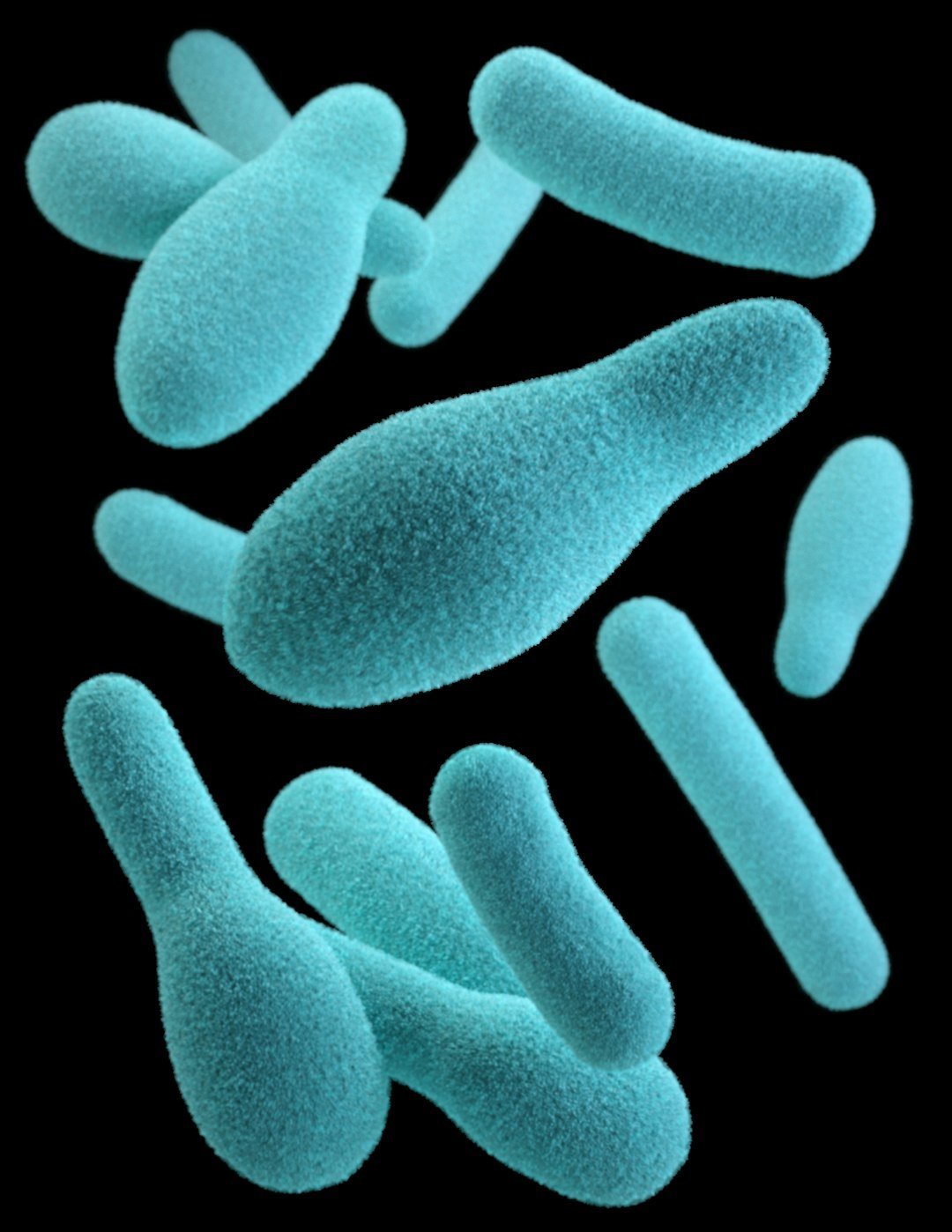
These genomes reveal that a diversity of microorganisms including Patescibacteria exists in SLM. Comparative analyses show that most genomes correspond to new species and taxonomic groups, with phylogenomic and functional evidence supporting their genetic isolation from marine and surface biomes.
By isolating individual cells from bacteria and a single-celled organism with no nucleus, called archaea, found in Mercer Subglacial Lake’s water and sediments, the researchers produced 1,374 single-cell amplified genomes. Genetic analysis revealed that most of these genomes belonged to new, undiscovered species, equipped with strikingly flexible metabolic strategies that allow them to survive in dark, isolated, oxygen-free environments.
These weren’t just variations of known organisms – they represented entirely new branches on the tree of life. The implications were staggering: if such diversity could exist in one of Earth’s most extreme environments, what might be possible elsewhere?
Survival Strategies in Extreme Isolation
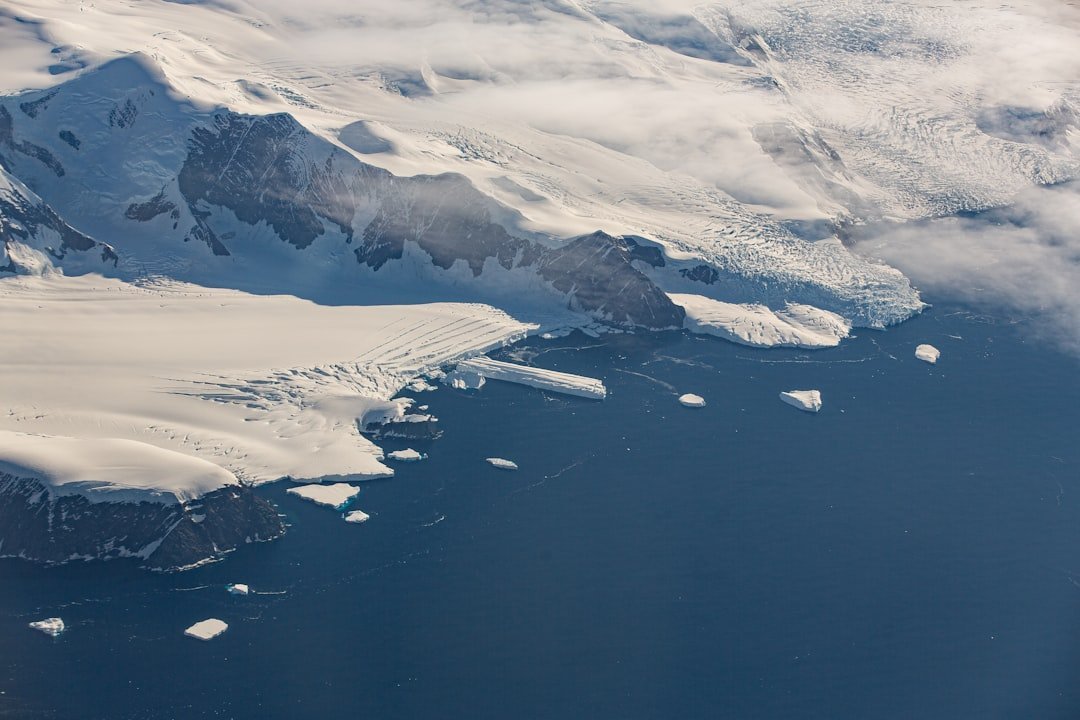
Microbes inhabiting and evolving in aquatic ecosystems beneath polar ice sheets subsist under energy-limited conditions while in relative isolation from surface gene pools and their common ancestral populations of origin. Samples obtained from beneath West Antarctic Ice Sheet allowed us to examine evolutionary relationships of and identify metabolic pathways in microbial genomes recovered from the Mercer Subglacial Lake ecosystem.
These organisms have developed survival strategies that seem almost science fictional. In the absence of sunlight, the metabolic energy sources available in the subglacial environment include the oxidation of methane and reduced nitrogen, iron, and sulfur compounds. Some microbes became chemical engineers, using available minerals and compounds to generate energy in ways that would make industrial chemists envious.
The flexibility of these metabolic pathways was particularly remarkable. Unlike surface organisms that often specialize in specific energy sources, these subglacial microbes had evolved to be metabolic generalists, switching between different chemical processes depending on what was available.
The Whillans Discovery That Started It All

Researchers funded by the National Science Foundation this week published a paper confirming that the waters and sediments of a lake that lies 800 meters (2,600 feet) beneath the surface of the West Antarctic ice sheet support “viable microbial ecosystems.” Given that more than 400 subglacial lakes and numerous rivers and streams are thought to exist beneath the Antarctic ice sheet, such ecosystems may be widespread and may influence the chemical and biological composition of the Southern Ocean.
In subglacial Lake Whillans, the WISSARD expedition collected sediment cores and water samples, which contained 130,000 microbial cells per milliliter and 3,914 different bacterial species. The team identified active bacteria that were metabolizing ammonia, methane, and sulfur from the 120,000-year-old sediments. The most abundant bacteria identified were related to Thiobacillus, Sideroxyans, and psychrophilic Polaromonas species.
This was the moment when scientists realized they weren’t just looking at dormant life barely clinging to existence. They were seeing thriving communities with complex food webs and chemical cycles.
Expanding the Map of Hidden Worlds
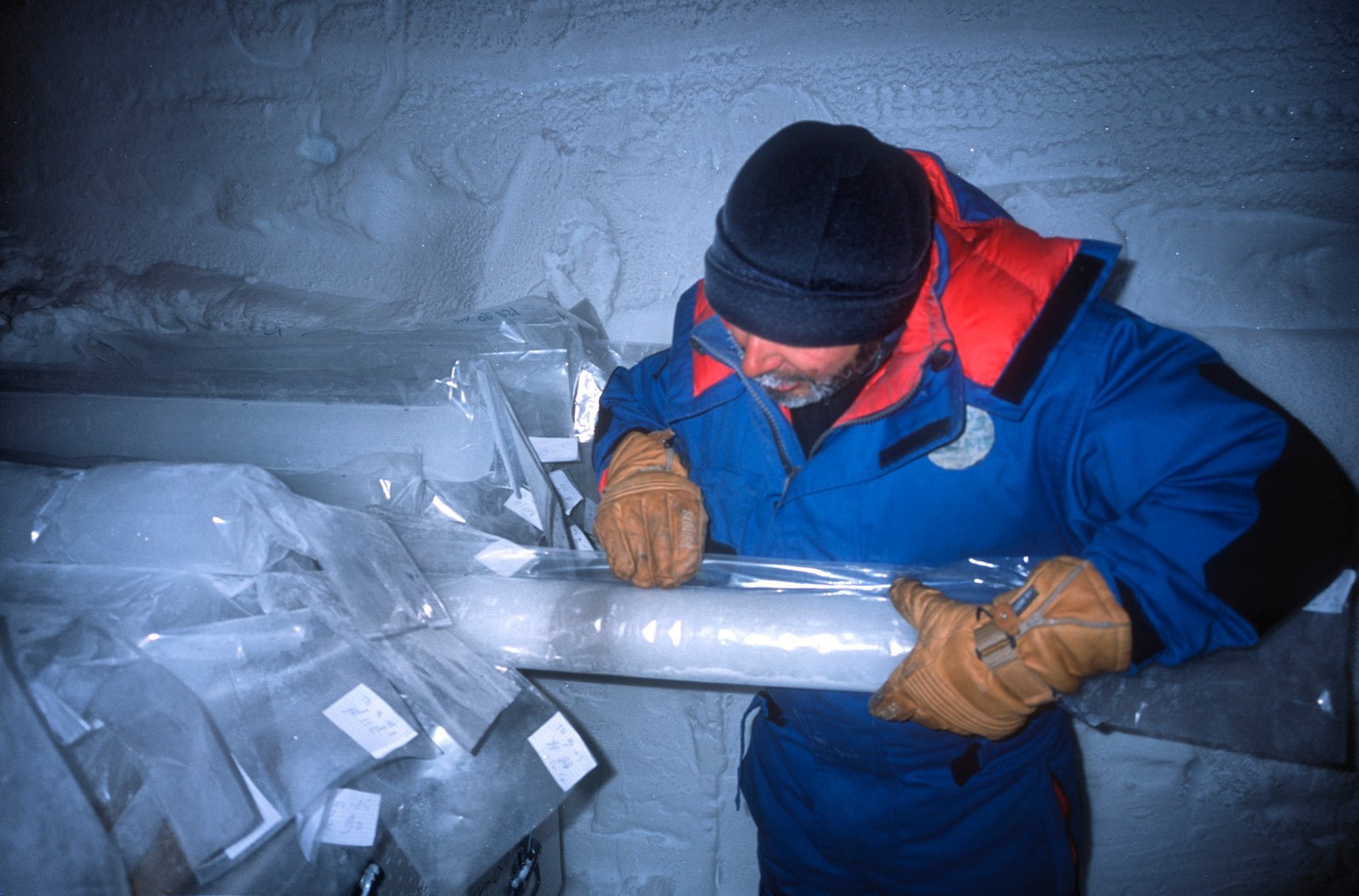
Hidden beneath the biggest ice mass on Earth, hundreds of subglacial lakes form a crucial part of Antarctica’s icy structure, affecting the movement and stability of glaciers. Thanks to a decade of data from the European Space Agency’s CryoSat satellite, researchers have identified 85 previously unknown lakes several kilometres under the frozen surface surrounding the South Pole. This increases the number of known active subglacial lakes below Antarctica by more than half to 231.
The discovery of 85 new subglacial lakes showed that Antarctica’s hidden aquatic world is far more extensive than anyone had imagined. The research also identified new drainage pathways underneath the ice sheet, including five interconnected subglacial lake networks. This meant that these weren’t isolated pockets of life – they were potentially connected ecosystems that could exchange materials and possibly even organisms across vast distances beneath the ice.
What This Means for Life on Icy Moons
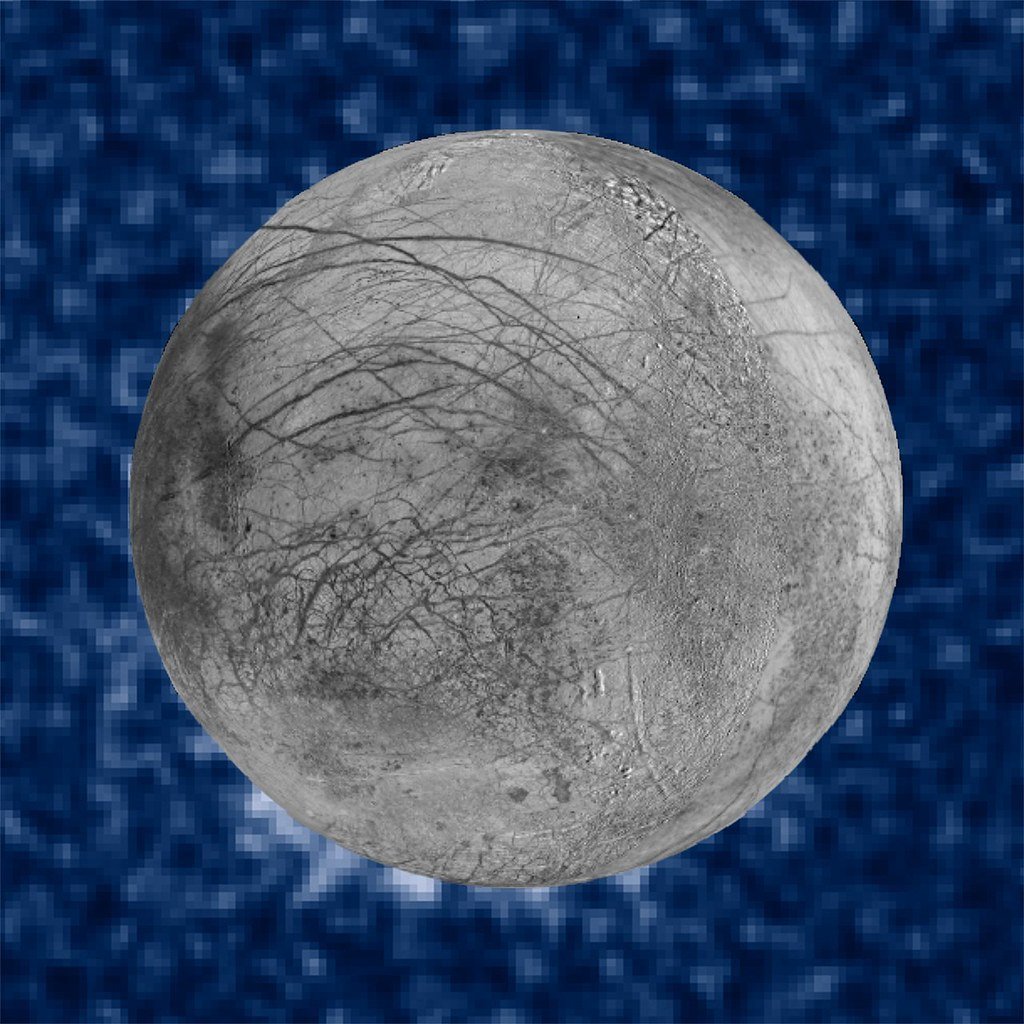
Jupiter’s moon Europa and Saturn’s moon Enceladus may also harbor lakes or oceans below a thick crust of ice. Any confirmation of life in Lake Vostok could strengthen the prospect for the presence of life on icy moons.
Of the recognized ocean worlds, Saturn’s moon Enceladus stands out because it appears to meet all requirements to sustain life. For that reason, robotic mission concepts are being developed to determine whether Enceladus’ ocean is inhabited. The Antarctic discoveries have provided a real-world example of how life can persist in conditions remarkably similar to what we might expect on these distant worlds.
Based on recent experiments, the ‘safe’ sampling depth for amino acids on Europa is almost 8 inches at high latitudes of the trailing hemisphere in areas where the surface hasn’t been disturbed much by meteorite impacts. “Subsurface sampling is not required for the detection of amino acids on Enceladus – these molecules will survive radiolysis at any location on the Enceladus surface less than a tenth of an inch from the surface.”
The Technological Challenge of Clean Sampling

The key challenge lies in collecting samples from water that has been isolated for millennia without contaminating it with surface life. By carefully sterilizing every step of their drilling process, the researchers managed to accomplish this difficult feat.
The contamination problem had plagued earlier attempts to study these environments. However, the samples were likely contaminated by drilling fluid while being collected, so some of the identified organisms probably did not live in the lake. Learning to drill cleanly through thousands of feet of ice while maintaining sterile conditions was as much an engineering triumph as a scientific one.
The hot-water drilling technique became the gold standard, but it required enormous amounts of energy and precise temperature control to avoid killing any organisms in the process.
Life’s Recipe for Survival
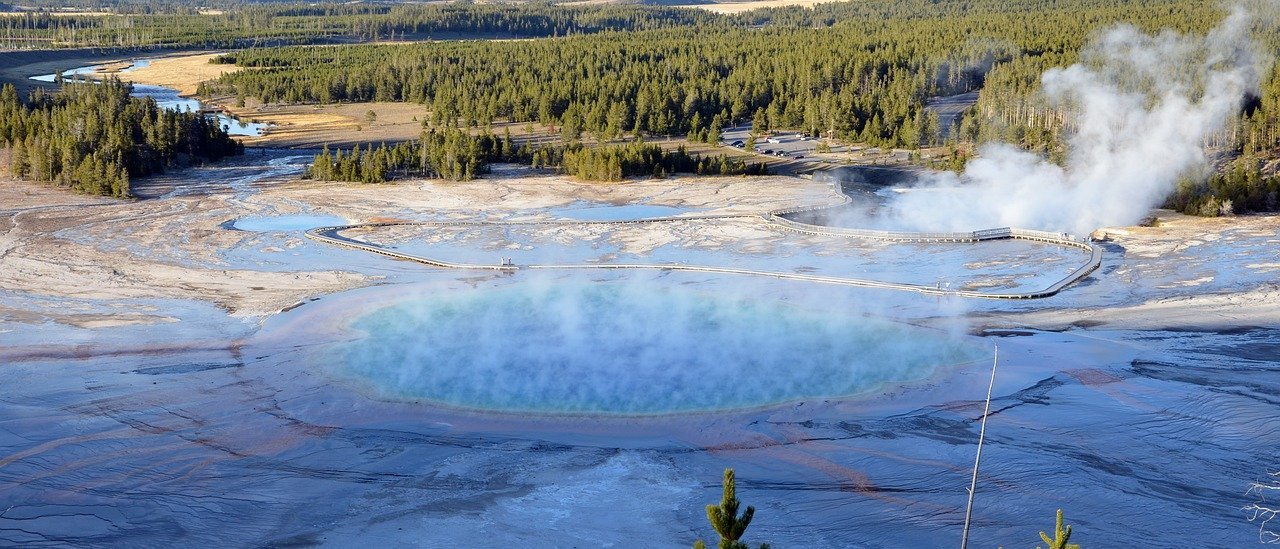
Recent research has revealed some concerning limitations for potential life in these environments. In a pH range for Enceladus’ ocean, calculations show that hydrothermal environments would be the source of dissolved Ni and Co. Given a suggested range of water chemistry of Enceladus’ ocean, Ni, Zn, and Mo concentrations in hydrothermal fluids would be comparable to the levels required for terrestrial methanogens. However, both Co and Cu concentrations would be depleted compared with the levels required for terrestrial methanogens. If methanogenic life in Enceladus requires trace metals at the same levels as for terrestrial methanogens, the availability of Co and Cu could control the activity of methanogenesis.
This suggests that while life is remarkably adaptable, it still faces fundamental chemical constraints. The availability of trace metals could determine whether complex ecosystems can develop or whether life remains limited to the most basic forms.
Future Missions and Technologies
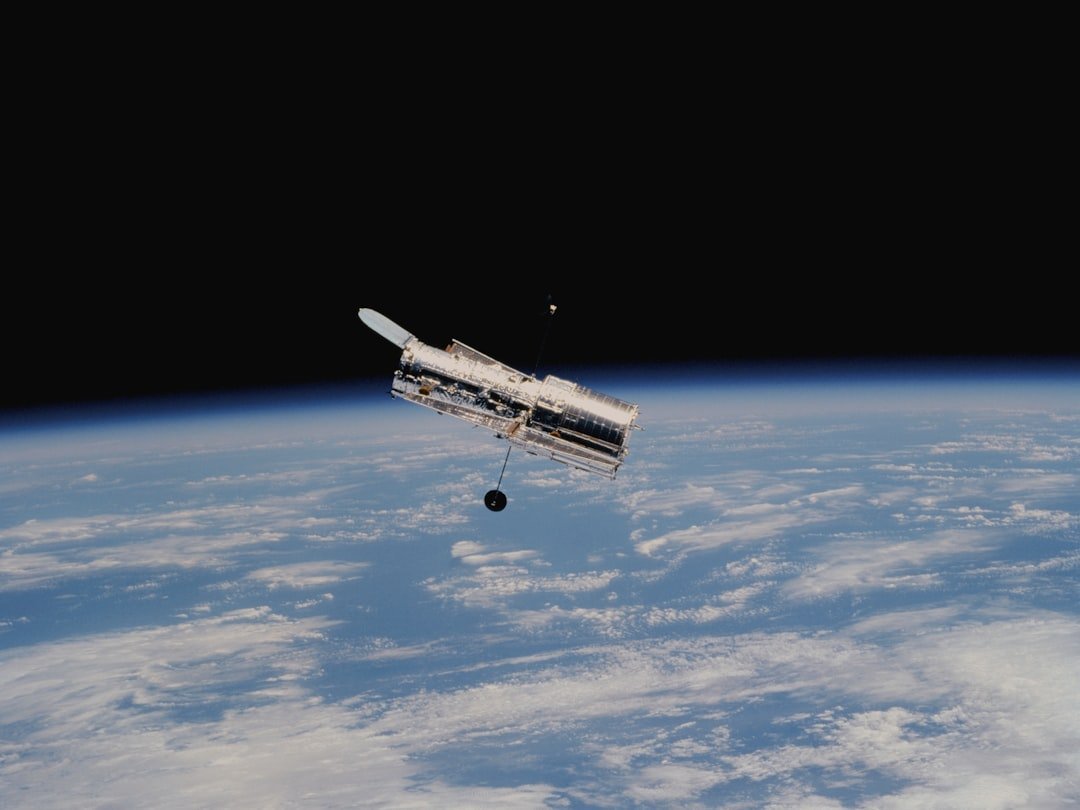
A recent paper assesses and demonstrates the viability of an astrobiology precursor mission to Enceladus and Europa based on a light sail architecture powered by a GigaWatt laser array. The viability is demonstrated by the identification of mission architectures where the sailcraft would encounter both bodies at relative velocities that would enable plume sampling.
Studies suggest that GigaWatt laser technology could accelerate a 100 kg probe to a speed of approximately 30 km/s, reaching Europa on timescales of 1-4 years and Enceladus with flight times of 3-6 years. Crucially, the minimum encounter velocities with these moons (about 6 km/s) may be near-optimal for detecting biomolecular building blocks (e.g., amino acids) in the plumes by means of a mass spectrometer akin to the Surface Dust Analyzer onboard the Europa Clipper mission.
The Antarctic discoveries have provided crucial data for designing these future missions, showing exactly what kinds of biosignatures to look for and how to detect them.
The revelations from Antarctica’s hidden lakes have fundamentally changed our perspective on where life can exist and how it can adapt to the most extreme conditions imaginable. These microbes have been writing their own survival manual for thousands of years in environments that make the surface of Mars look hospitable. As we prepare to explore the icy moons of our outer solar system, these tiny Antarctic pioneers have shown us that life finds a way – even in the darkest, coldest, most isolated corners of our world.
What started as a curiosity about unusual radar readings beneath the ice has evolved into one of the most significant discoveries in astrobiology. The next time you look up at Jupiter or Saturn in the night sky, remember that somewhere beneath the frozen surfaces of their moons, similar communities of microbes might be thriving in darkness, just as they do beneath the ice of Antarctica. The universe might be far more alive than we ever dared to imagine.

Hi, I’m Andrew, and I come from India. Experienced content specialist with a passion for writing. My forte includes health and wellness, Travel, Animals, and Nature. A nature nomad, I am obsessed with mountains and love high-altitude trekking. I have been on several Himalayan treks in India including the Everest Base Camp in Nepal, a profound experience.

